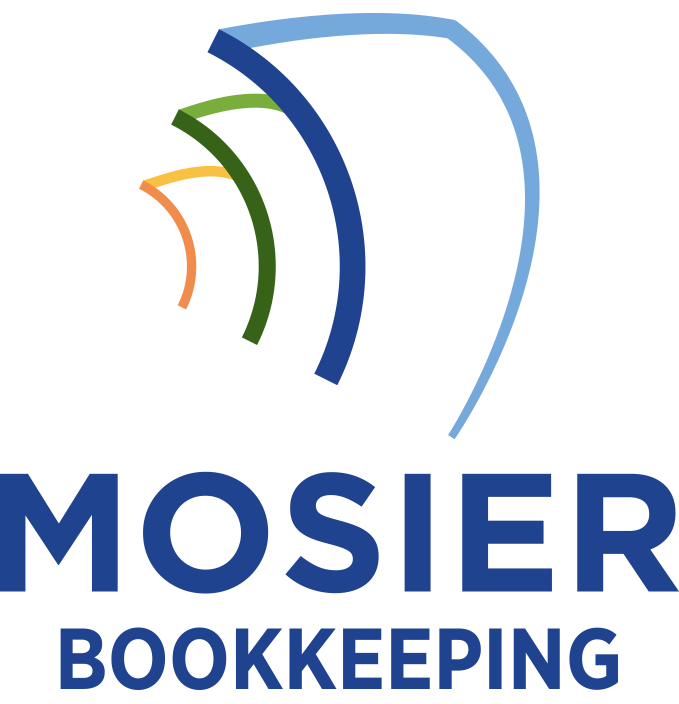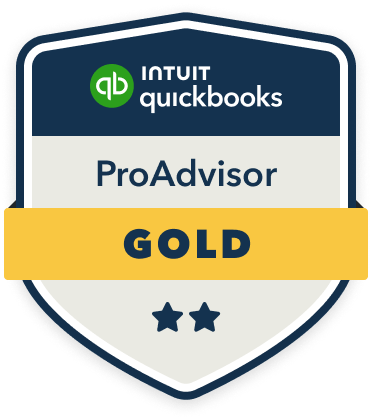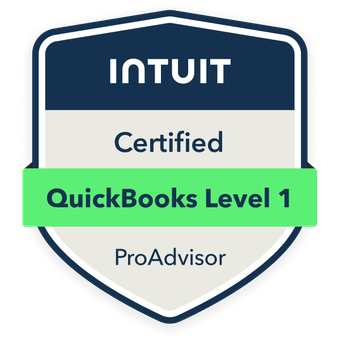Effective bookkeeping serves as your foundation for optimizing insurance strategies by providing essential financial data for coverage decisions. I recommend systematically tracking your claims history, asset valuations, and liability exposure through detailed financial records. This helps identify patterns, determine appropriate coverage levels, and strengthen your negotiating position with insurers. By analyzing your balance sheets, income statements, and cash flow patterns, you’ll make data-driven choices about deductibles, limits, and retention levels. Let’s explore how your financial records can transform your insurance strategy.
Understanding the Link Between Financial Records and Insurance Risk Assessment

Why do insurance companies scrutinize your financial records when evaluating risk? I’ll show you how your bookkeeping directly impacts your insurability and premiums. Insurance underwriters analyze your financial stability, cash flow patterns, and asset management to gauge risk exposure.
I’ve found that meticulous record-keeping demonstrates your business’s risk management capabilities. Strong financial controls, consistent revenue streams, and healthy debt ratios signal lower risk profiles. When I maintain detailed transaction records, document asset valuations, and track liability exposure, I create a compelling case for better coverage terms and reduced premiums. Your books tell insurers whether you’re a calculated risk worth taking.
Leveraging Historical Data to Identify Coverage Requirements
When I analyze your historical claims patterns, I can help you identify recurring incidents that signal where you need more robust coverage for your business. I’ll use your financial risk assessment data to evaluate exposure levels across different operational areas and pinpoint gaps in your current insurance portfolio. By conducting a thorough cost-benefit evaluation of various coverage options, I can recommend insurance solutions that align with both your risk profile and budget constraints.
Past Claims Pattern Analysis
A thorough analysis of past insurance claims stands out as one of the most valuable tools for determining appropriate coverage levels and identifying potential risk areas. I’ll show you how to systematically track your claims history to uncover patterns and trends that impact your premiums.
Financial Risk Assessment Data
The power of historical financial data transforms raw numbers into actionable insights for determining optimal insurance coverage. I’ll show you how to leverage your balance sheets, income statements, and cash flow records to identify critical exposure points requiring protection.
By analyzing your asset valuations, liability trends, and operational expenses, I pinpoint precise coverage thresholds that align with your risk tolerance. I’ve found that correlating depreciation rates with replacement costs reveals ideal property insurance levels, while examining accounts receivable patterns determines necessary business interruption coverage.
You’ll strengthen your negotiating position with insurers by presenting this data-driven assessment of your risk profile.
Coverage Cost-Benefit Evaluation
Building on your detailed risk assessment data, I’ll demonstrate how to conduct a rigorous cost-benefit analysis of insurance coverage options.
I calculate your ideal coverage thresholds by comparing your historical loss ratios against premium costs. I analyze deductible levels, coverage limits, and exclusions to maximize your protection while minimizing unnecessary expenses. By leveraging your financial records, I identify patterns in claims frequency and severity to determine where you’re overinsured or underinsured.
I then create a matrix that weighs premium increases against potential losses, factoring in your risk tolerance and cash reserves. This empowers you to make strategic decisions about coverage allocation and retention levels.
Using Bookkeeping Metrics to Evaluate Insurance Premium Costs

When evaluating insurance premium costs, smart bookkeeping metrics provide essential data points that help businesses make informed decisions about their coverage needs and expenditures.
I recommend analyzing your expense ratios, claims history, and loss runs to identify patterns in your insurance spending. You’ll want to track premium-to-revenue ratios and monitor year-over-year cost variations. I’ve found that calculating risk-adjusted returns helps determine if you’re overpaying for coverage.
Tracking Claims History and Loss Patterns Through Financial Documentation
I’ll demonstrate how analyzing your claims history data reveals critical patterns that inform smarter insurance decisions. Through organized financial documentation, you’ll see how past claim reimbursements tell a story about your risk exposure and premium justification. By tracking these historical trends, I can help you identify which types of claims occur most frequently and cost you the most, enabling strategic adjustments to your coverage.
Analyzing Historical Claims Data
The systematic analysis of historical claims data serves as a cornerstone for effective risk management and financial planning. I’ve found that leveraging this data reveals essential patterns that can transform your insurance strategy and strengthen your financial position.
To maximize the value of your historical claims analysis, focus on these critical elements:
- Identify frequency patterns and severity trends to predict future exposure and adjust coverage accordingly
- Calculate loss ratios across different policy types to optimize premium allocation
- Cross-reference claims with specific business activities or seasons to implement targeted risk mitigation
This analytical approach empowers you to negotiate better premiums and structure more advantageous coverage terms.
Identifying Reimbursement Trends
How effectively do you track reimbursement patterns across your insurance claims? I’ve found that mastering this analysis gives you leverage when negotiating premiums and coverage terms. By documenting each claim’s payout timeline, denial rates, and processing speed, I create powerful trend analyses that reveal insurer performance patterns.
I compile quarterly summaries of reimbursement velocities, categorizing claims by type, size, and resolution speed. This data lets me identify which insurers consistently underperform and where bottlenecks occur. I then use these insights to strengthen my position during policy renewals and when disputing delayed claims, ensuring I maintain control over my insurance relationships.
Analyzing Asset Values and Liability Exposure in Your Books

Regularly examining your company’s asset values and liability exposure provides essential insights for strategic financial planning and risk management. I recommend conducting quarterly assessments of your books to maintain accurate valuations and identify potential vulnerabilities.
- Track depreciation rates of physical assets to guarantee appropriate coverage levels and prevent over-insurance
- Monitor liability thresholds across operations, contracts, and third-party relationships
- Document regulatory compliance requirements that impact your risk profile
I’ve found that meticulous asset and liability analysis strengthens your negotiating position with insurers while identifying opportunities to optimize premium costs. This data-driven approach enables you to make assured decisions about coverage adjustments and risk transfer strategies.
Financial Record-Keeping Strategies for Insurance Policy Optimization
Building on proper asset and liability analysis, effective financial record-keeping forms the backbone of insurance policy optimization. I recommend maintaining detailed logs of all insurable assets, including purchase dates, values, and depreciation schedules. You’ll want to track maintenance records, improvements, and any incidents that could affect coverage.
I’ve found that organizing documents by policy type and renewal date streamlines the review process. Create a digital system that flags policy anniversaries, premium changes, and claim histories. This systematic approach helps you identify coverage gaps, negotiate better rates, and guarantee your insurance strategy aligns with your evolving financial position.
